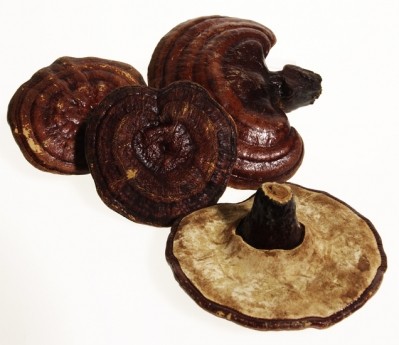Study elucidates how gene sequencing is helping to untangle precise TCM effects

Traditional Chinese Medicine has one of the longest histories of any herbal system known to man. And it has a thick sheaf of modern research behind it.
Much TCM research muddled from Western point of view
The trouble with most of this research, at least from a Western perspective, is that the materials being studied are often poorly characterized. Most TCM preparations consist of multiple herbal components, with some degree of variability in the makeup depending on the source. So, when studies use materials identified, for example, as Huoxiang Zhengqi Powder, Sanren Decoction or Shenling Baishu Powder, it’s hard to know exactly what has been studied and what components of those material are responsible for the effects that have been observed.
As a result, while some of the findings could be seen as strongly suggestive, they can’t be considered definitive, at least when viewed thorough the lens of the RCT model that obtains in the West. (With that being said, weak characterization of study materials has been a failing of many Western herbal studies, too.)
The new study was published in the journalFrontiers in Plant Science. It was work of researchers associated with several universities, hospitals and research institutes in China.
The authors noted that while many TCM preparations have shown good effects in clinical practice, it’s not always clear why.
“The functional components and the corresponding pharmacological mechanism of the herbs are unclear,” they said.
Third generation sequencing makes rapid, thorough assays easier
The authors noted that the advanced in genetic sequencing technology has made this kind of investigation possible. The first generation, or Sanger sequencing, was difficult to apply to complicated plant genomes and was slow and expensive to boot. Next-gen sequencing was the second iteration of the technology, but according to the researchers still suffered from “[C]ertain drawbacks, such as short read length (usually 200-800 bp), base mismatches, GC preference, and template migration during PCR amplification, which might influence the accuracy and integrity of sequencing data.”
The field has now matured to the level of high-throughput sequencing (HTS), with Oxford Nanopore and PacBio single-molecule real-time (SMRT) sequencing technology are now the main TGS (third-generation sequencing) platforms, according to the researchers.
In the past several years this new technology is has started to yield important results in the TCM field, which the authors of this study referred to as Chinese Herbal Medicine (CHM). The field is now open to what the researchers referred to as “functional gene mining.”
“HTS accelerates the study of secondary metabolites biosynthetic in the medicinal plants, which indirectly expands the global commercial market of the herb products,” they wrote.
“HTS accelerates the study of secondary metabolites biosynthetic in the medicinal plants, which indirectly expands the global commercial market of the herb products,” the researchers added. Those metabolites include flavonoids, terpenoids, alkaloids, phenylpropanoids, quinones and tannins.
Applying the results to conditions
By drilling down the level of individual molecules, the researchers said effects can be more precisely elucidated for a variety of conditions. As many of the CHM studies have disease endpoints (unlike herbal studies done in the West in support of dietary supplement products), the researchers looked at results in rheumatism, diabetes, Alzheimer’s disease and others.
The researchers said the future looks bright for the combined applications of these technologies in this field.
“Regarding future practical applications, on one hand, combining 2nd and 3rd generation sequencing technologies makes full use of the strengths of each, such as long read length, high throughput, and acceptable sequencing costs. On the other hand, single-cell sequencing technology has great application prospects in the mining of active ingredients of Chinese traditional medicinal herbs,” they concluded.
New era in bioactives research, commercialization
Stefan Gafner, PhD, chief science officer the American Botanical Council, said the new technologies outlined in the paper could open the door to a new era in the discovery and commercialization of plant bioactives.
“The paper proposes that these new instrumental capabilities can be used for genome mining,’ which means finding genome sequences that encode the enzymes which make important secondary metabolites. If these genomes can be identified, production of the relevant proteins (plant metabolites, e.g., caffeine or menthol, are made in the plant by enzymes linking smaller molecules together in what is known as the biosynthetic pathway) could be enhanced and yields of pharmacologically active compounds increased,” Gafner told NutraIngredients-USA.
“The approach has been successfully implemented in many microorganisms, either to enhance the production of compounds (often used in the production of antibiotics), or to make new chemical substances. It remains to be seen how easily this idea can be transferred to the production of secondary metabolites in plants,” Gafner said.
He added that this approach could also be used to answer some lingering questions, such as whether gingko leaves actually produce isoflavonoids such as genistein, or if the presence of these molecules is a marker of adulteration.
“Deciphering the entire ginkgo genome and its biosynthetic pathways may be the best way to answer this question,” he said.
Source: Frontiers in Plant Science
https://doi.org/10.3389/fpls.2022.900035
Application of High-Throughput Sequencing on the Chinese Herbal Medicine for the Data-Mining of the Bioactive Compounds
Authors: Liu X, et al.
















